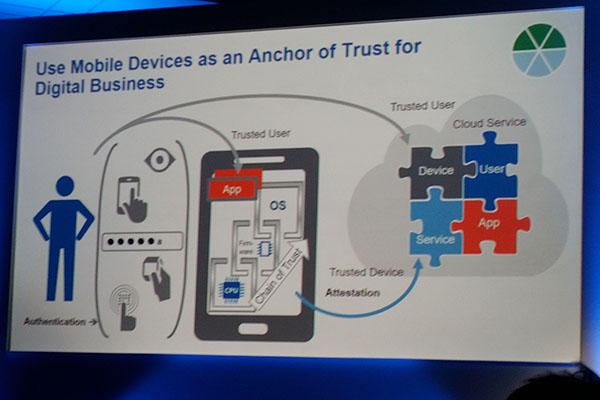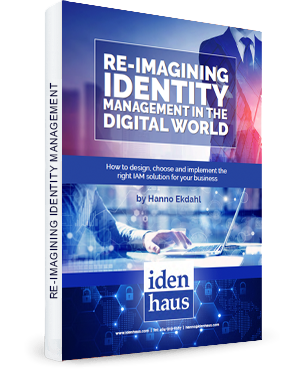
This year’s #GartnerIAM Summit was packed with excellent insights, and we couldn’t fit our recap into a single blog post. So, this is the final segment in our recap of Gartner’s Identity & Access Management Summit 2017. You can read the first two segments here: 6 Highlights from Gartner IAM Conference 2017 and Overcoming Challenges of Identity Governance & Administration (IGA).
The final keynote was presented by Ant Allan and Felix Gaehtgens of Gartner’s Privacy and Security practice.
What is digital identity? Answered at #GartnerIAM pic.twitter.com/DEQxE51XWf
— Steve Tout (@stevetout) November 29, 2017
They walked the attendees through Gartner’s definition of Digital Trust:`
A measurable confidence in the distinct expectations that:
- A person, business, thing or other entity is who or what it claims to be.
- It can represent itself or be faithfully represented by another entity.
- It is able to fully participate in digital business interactions and consents to do so.
- It does so in a truthful, predictable, reliable, secure, safe, ethical and privacy-respecting manner.
They also explained that Digital Trust is different from Traditional Trust because of the “Scope, Spontaneity and Agency”. For example, a tradition cash transaction place trust on the physical currency whereas digital transactions must rely upon the entire digital foundation of trust it is being executed upon.
Here are 6 highlights from the final keynote at 2017’s #GartnerIAM.
- Move Information Governance from Truth to Trust
- Incorporate Digital Trust into your SDLC
- Embrace a Continuous Adaptive Risk and Trust Assessment Mindset (CARTA)
- Foster Trusted Relationships Using Data and Analytics
- Adopt a New Model to Establish and Sustain Trust in Digital Identities
- Anticipate the expansion of BYOI with Identity Federation and Distributed Digital Identities (e.g. Blockchain identity foundations, HyperLedger-Indy, Sovrin, SecureKey, etc.)
Those organizations that can successfully create the lowest level of friction while creating the highest levels of trust will be the most successful in the Digital Economy, and it all starts with trusting and managing identities. Learn more about the top challenges that companies face when implementing Identity & Access Management and how to overcome them in our new book:

Grab it for free here: Click to download!
Follow @Idenhaus on Twitter and subscribe to our biweekly newsletter.






